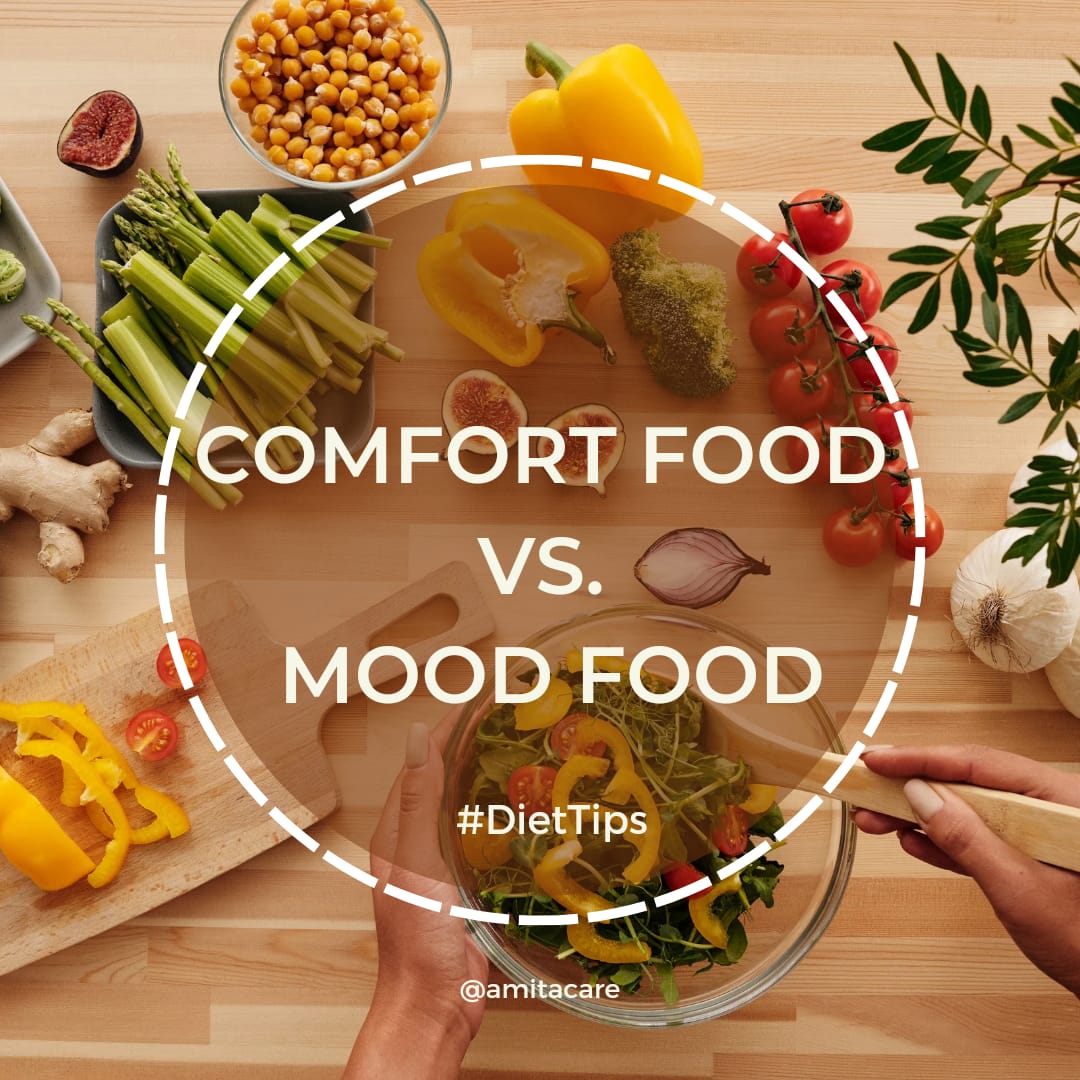
We all know the feeling: a stressful day, a low mood, and a sudden craving for that familiar dish that brings back warm memories. Comfort food seems like the answer, but is it truly nourishing our minds as well as our bodies? Let’s explore the difference between comfort food and mood food, and how to make choices that support our mental well-being.
Comfort Food: A Double-Edged Sword
Comfort food, often high in sugar, fat, and refined carbohydrates, can trigger the release of dopamine, a feel-good neurotransmitter. This provides a temporary mood boost, but often comes with a crash later. Comfort food can also be emotionally linked to happy memories, creating a sense of security and nostalgia. However, relying solely on comfort food can lead to nutrient deficiencies and hinder long-term mental health.
Mood Food: Fueling Your Well-Being
Mood food, on the other hand, prioritizes both emotional and physical well-being. It’s packed with nutrients that support the production of neurotransmitters like serotonin, which regulates mood and promotes feelings of calmness and happiness. Examples include whole grains, fruits, vegetables, lean protein, and healthy fats. These foods provide sustained energy and contribute to gut health, which plays a crucial role in mood regulation.
Making Smarter Choices
The good news? You don’t have to completely ditch comfort food! Here’s how to strike a balance:
- Healthy Twists: Craving mac and cheese? Opt for a whole-wheat pasta version with added vegetables and lean protein.
- Portion Control: Enjoy your comfort food in moderation, pairing it with mood-boosting options like a side salad.
- Focus on Mood Food: Prioritize mood-boosting foods most of the time. This sets a solid foundation for your mental well-being.
By understanding the difference between comfort food and mood food, you can make conscious choices that nourish your body and mind. Remember, a healthy diet is a key ingredient in the recipe for good mental health.
Kanishka
